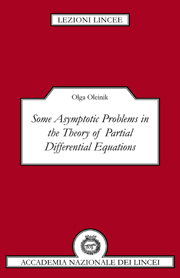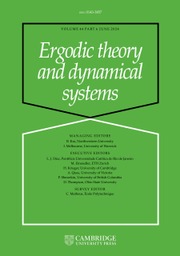Improperly Posed Problems in Partial Differential Equations
Improperly posed Cauchy problems are the primary topics in this discussion which assumes that the geometry and coefficients of the equations are known precisely. Appropriate references are made to other classes of improperly posed problems. The contents include straight forward examples of methods eigenfunction, quasireversibility, logarithmic convexity, Lagrange identity, and weighted energy used in treating improperly posed Cauchy problems. The Cauchy problem for a class of second order operator equations is examined as is the question of determining explicit stability inequalities for solving the Cauchy problem for elliptic equations. Among other things, an example with improperly posed perturbed and unperturbed problems is discussed and concavity methods are used to investigate finite escape time for classes of operator equations.
Product details
January 1987Paperback
9780898710199
82 pages
250 × 176 × 8 mm
0.148kg
This item is not supplied by Cambridge University Press in your region. Please contact Soc for Industrial & Applied Mathematics for availability.
Table of Contents
- Introduction
- Methods and examples
- Second order operator equations
- Remarks on continuous dependence on boundary data, coefficients, geometry, and values of the operator
- The Cauchy problem for elliptic equations
- Singular perturbations in improperly posed problems
- Nonexistence and growth of solutions of Schrodinger-type equations
- Finite escape time: concavity methods
- Finite escape time: other methods
- Miscellaneous results.










